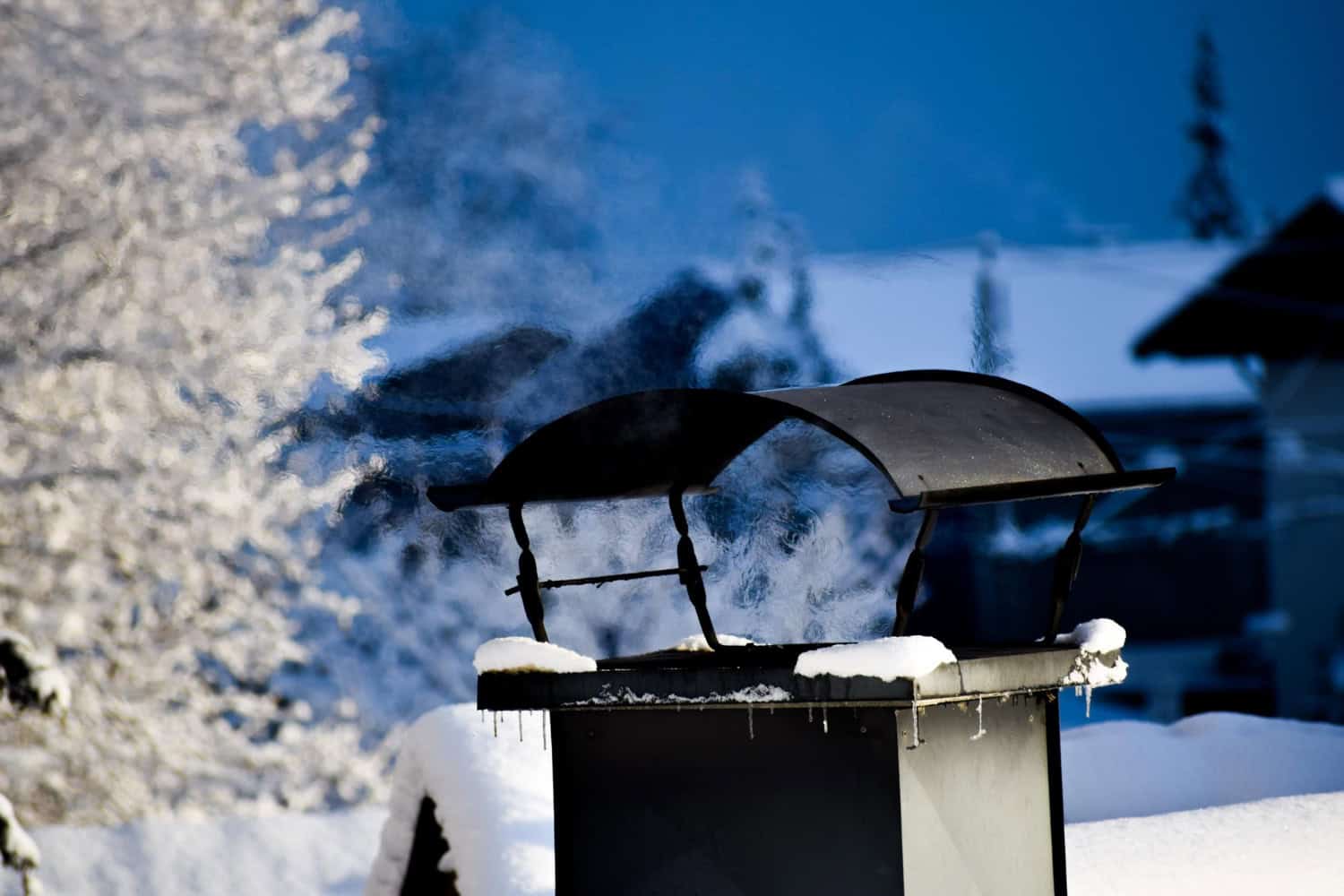Introduction: Winter’s Unique Waste Challenges
Winter in Minnesota isn’t just about snowstorms and icy roads—it’s also a season of heightened waste management challenges. From overflowing bins filled with holiday packaging to frozen waste that complicates recycling, businesses face unique obstacles during the colder months.
Add in snow-covered collection areas and increased holiday waste, and it’s clear why winter requires a thoughtful approach to trash and recycling.
This article explores practical strategies for helping businesses efficiently navigate winter waste challenges while adopting sustainable practices that benefit both the environment and the bottom line.
Why Winter Waste Management Is Different
Winter introduces several issues that make waste management more complex:
- Holiday Waste Surge: The festive season generates significantly more trash, including packaging, wrapping paper, and food waste.
- Frozen Waste: Freezing temperatures cause waste to expand, potentially damaging bins and contaminating recyclables.
- Blocked Access: Snowbanks and icy conditions often make collection areas inaccessible, delaying pickups.
- Weather Disruptions: Severe weather can lead to missed collections or rescheduled pickups, creating waste stockpiles.
Understanding these challenges is key to developing practical solutions.
Actionable Tips for Managing Winter Waste
1. Keep Collection Areas Accessible
Snow and ice can block workers’ access to waste bins, leading to missed pickups or hazardous conditions. Ensuring clear paths to collection points is crucial during winter months.
- What You Can Do:
- Regularly shovel snow and de-ice pathways leading to bins.
- Use eco-friendly salt or sand around collection areas to prevent ice buildup.
- Place bins in sheltered locations away from snowbanks or regions prone to drifting snow.
2. Handle Holiday Waste Responsibly
The holiday season brings an influx of extra trash, much of which can be recycled or reused if appropriately handled.
- What You Can Do:
- Recycle cardboard boxes, plain wrapping paper (avoid glitter or foil), and bubble wrap instead of tossing them in the trash.
- Donate unwanted items like electronics, furniture, or toys instead of discarding them.
- Plan meals carefully during holidays to reduce food waste—leftovers can be repurposed into soups or stews.
3. Prevent Frozen Waste Contamination
Frozen waste can stick together or mix with recyclables, making proper disposal difficult. Avoiding freezing issues is essential for efficient recycling during winter months.
- What You Can Do:
- Avoid overfilling bins so lids can close tightly, preventing snow or rain from entering.
- Line bins with weather-resistant liners to reduce the risk of freezing waste sticking to container walls.
- Schedule more frequent pickups during peak winter months to prevent overflow.
Pro Tip: Work with your waste management provider to adjust pickup schedules based on weather forecasts.
4. Reduce Waste Volume
Minimizing the trash your business generates can ease the strain on your waste management system during winter.
- What You Can Do:
- Encourage recycling by providing clear instructions on what goes where—confusion leads to contamination.
- Promote reusable supplies like mugs, utensils, and containers instead of single-use plastics in employee breakrooms.
- Compost food waste when possible to reduce landfill contributions.
Pro Tip: Host a “zero-waste challenge” with your team during the holidays—it’s a fun way to encourage sustainable habits.
5. Manage Hazardous and E-Waste Properly
Winter cleanouts often result in hazardous materials like batteries or old electronics that require unique disposal methods.
- What You Can Do:
- Partner with local recycling programs that accept hazardous materials like batteries or electronics (e.g., Minnesota’s WEEE initiatives).
- Set up designated drop-off days for employees to safely dispose of e-waste at your facility.
Pro Tip: Educate staff on what qualifies as hazardous waste and provide resources for proper disposal.
Sustainability Tips for Winter Waste Management
Beyond handling trash responsibly, businesses can adopt sustainable practices that reduce their environmental impact:
- Invest in Weatherproof Bins: Durable bins designed for freezing temperatures prevent damage and contamination during winter months.
- Encourage Eco-Friendly Wrapping: Promote sustainable gift wrapping materials for employee holiday exchanges, such as fabric wraps or old newspapers.
- Donate Excess Supplies: Partner with local charities or shelters to donate surplus food or items from holiday events instead of discarding them.
Pro Tip: Share sustainability tips with employees through newsletters, fostering a culture of environmental responsibility.
Conclusion: Tackle Winter Waste Efficiently
Winter waste management doesn’t have to be overwhelming if you plan ahead and adopt proactive strategies. By keeping collection areas accessible, handling holiday waste responsibly, preventing frozen contamination, reducing overall volume, and properly disposing of hazardous materials, businesses in Minnesota can navigate the colder months efficiently while minimizing their environmental impact.



